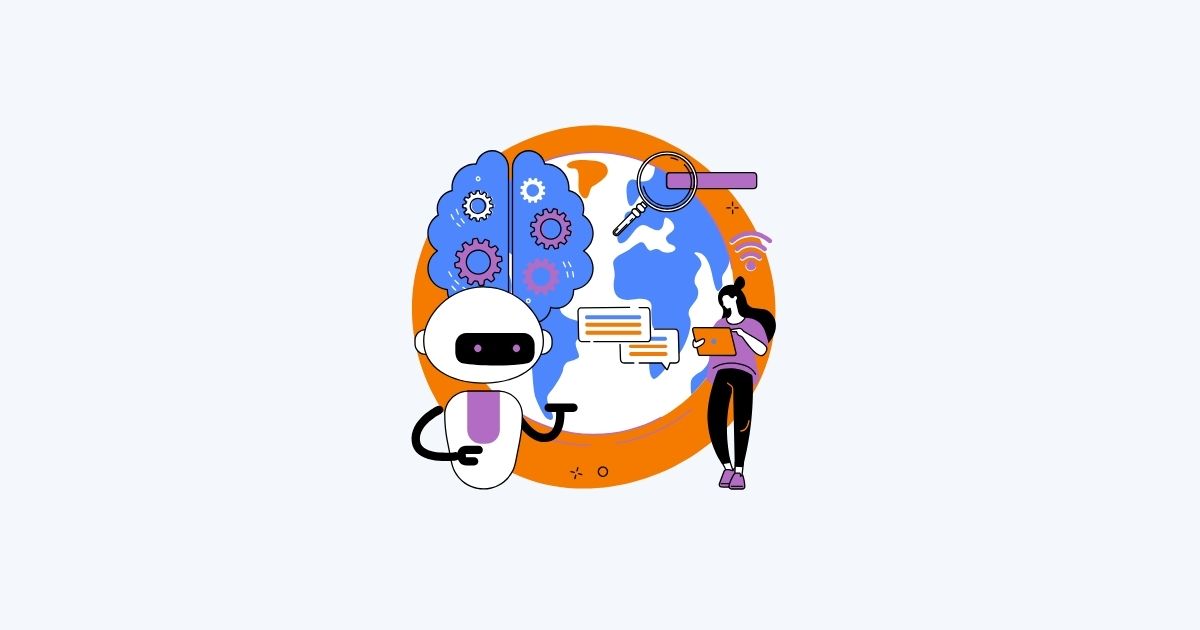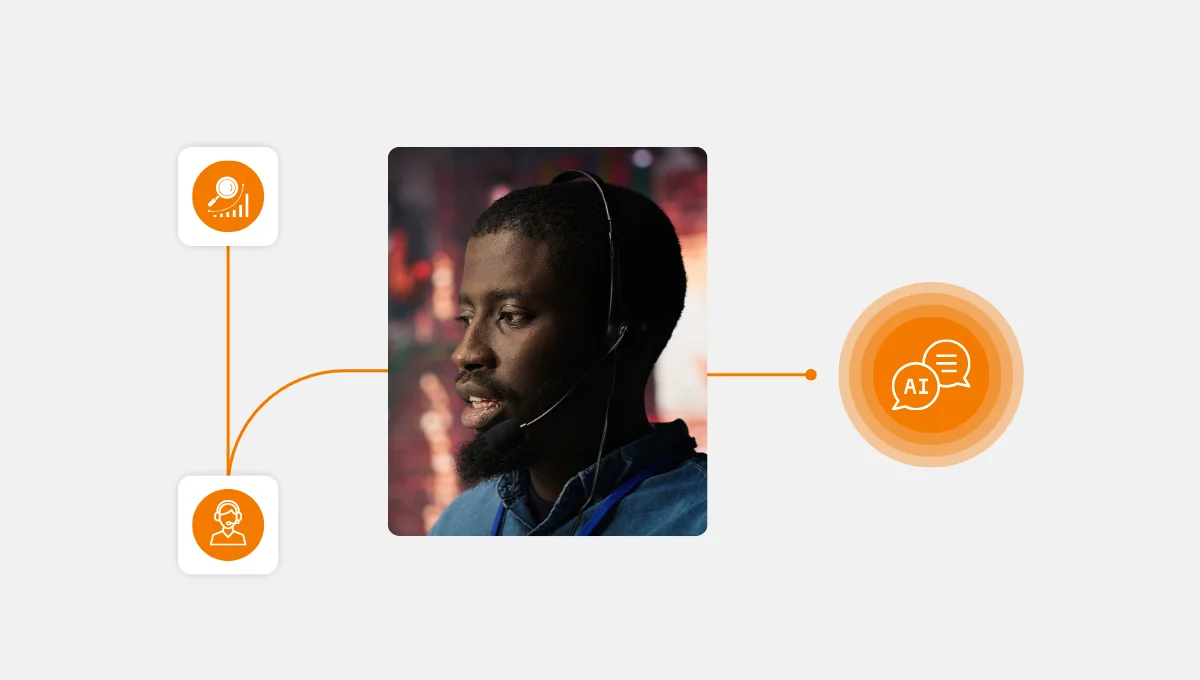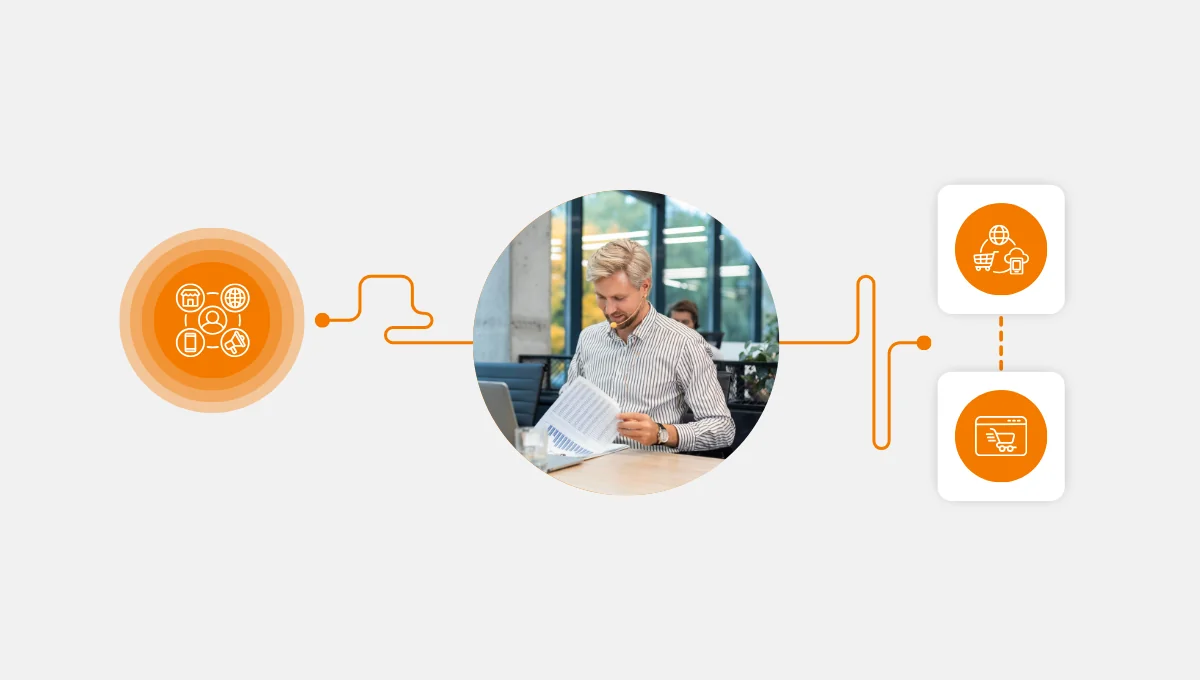Communication is important to the operations of public sector organizations. It supports them in the optimization of service delivery to the population. The emergence of intelligent technologies is accompanied by a new class of government communication tools. The revolution in government-citizen engagement stems from these innovations that are based on AI and different types of intelligent technologies. Call Center Studio’s cloud call center software comes to the forefront as an essential tool in this change.
How Can Public Sector Organizations Implement Intelligent Communication Technologies?
For the effective provision of services to citizens, public sector organizations need to change. Using intelligent communication tools is one action toward that aim. Here’s how governments can adopt these technologies:
- Identify Needs: Each government agency uniquely faces different communication problems. Organizations should first identify what they need in order to take subsequent actions.
- Choose the Right Technology: Once you have identified the challenges, go ahead and choose the smart tools that effectively address those challenges. In the case of using artificial intelligence, specifically chatbots, citizens can receive assistance for basic queries.
- Train Employees: The rollout of new technologies requires that staff receive training as well. This is advantageous for them because it supports the right application of the tools.
- Leverage Cloud Technology: Solutions based on the cloud allow for both integration and the ability to evolve simply. These tools improve communication by making it both quicker and more effective.
- Ensure Data Security: The support of intelligent technologies makes data security critically important. Organizations within the public sector must make sure they establish protocols to safeguard the information of the citizens.
- Monitor and Improve: After its adoption, it’s necessary to check performance regularly. There are prospects for improving the system in the future, and governments ought to obtain feedback regarding it.
In doing so, these articulated steps will facilitate the adoption of intelligent technologies and better the communication process.

What Are the Benefits of Using Intelligent Technologies in Public Sector Communication?
Intelligent technologies introduced into public sector communication have totally changed how government agencies address citizens and the services they provide. Below are some of the key advantages of using intelligent technologies in public sector communication:
- Improved Efficiency: Utilizing intelligent technologies can offer remedies for common tasks that can – if left unaddressed – become very time-consuming. By dealing with basic questions, AI-based tools will give employees the time needed to focus on other cases.
- Enhanced Citizen Engagement: People require government agencies to answer their inquiries promptly. Intelligent communication tools let you answer faster and more fittingly.
- Cost Reduction: Through tasks that repeat, automation lowers the level of human involvement. As a result, this also helps to decrease operational costs.
- Personalization: The use of AI in the systems makes it possible for citizens to obtain customized feedback regarding their initial questions. Users find it more individual and enjoyable because of this.
- 24/7 Availability: Due to cloud-based solutions, government agencies can supply services continually. This enlarges the opportunity for citizens to get support.
- Improved Data Analysis: We can use intelligent technologies to assess information from citizens’ interactions. This provides assistance for governments in deciding on future service offerings.
By integrating intelligent technologies, there is an opportunity for public sector organizations to attain the advantages highlighted below, improving the service delivered to citizens.

What Are the Potential Challenges of Adopting Intelligent Technologies in Government Communication?
The use of intelligent technologies in government communication gives rise to important benefits, yet public sector organizations may face a number of challenges in the process. The main challenge is the opposition to change. There is a chance that government employees will resist new technologies, which may result in challenges in the implementation phase. Necessary change management is important to provide a seamless transition and to establish an atmosphere where technology is not only accepted, but also active to its highest degree.
Costs pertaining to implementation represent another challenge. Implementing intelligent instruments, especially on a major scale, tends to be costly during its initial development. Public sector organizations should carefully consider both planning and budgeting these expenses in order to guarantee that the profits of intelligent technology exceed the initial costs. These money matters are important for both lasting achievement and sustainable operations.
There is great concern for data privacy. Protecting sensitive and personal information is extremely important because of the way intelligent technologies handle it. To maintain citizen trust, governments have to prioritize the security of data. An important gap in data protection could seriously diminish public trust in the adoption of smart technologies.
Also, the successful application of intelligent technologies requires knowledgeable personnel. For staff to effectively use and manage these new systems, governments will have to make a funding commitment to training and development. Inadequate skills may either interfere with or completely prohibit implementation, so a comprehensive training plan is essential.
Integration with prevailing systems is yet another possible stumbling block. A lot of government institutions count on legacy systems that could not easily adapt to modern intelligent technologies. To securely integrate these new instruments with existing infrastructure and to reduce interruptions in daily routines, detailed plans along with technical skill are necessary.
Ultimately, problems related to accessibility need to be resolved. The elderly and those who are less skilled with technology are not aware of all digital communication tools. Public sector organizations need to make certain that intelligent technologies are within reach for all users, achieving inclusivity and stopping any subset of the population from lagging behind. Resolving these challenges will provide governments the ability to more readily adopt intelligent communication tools.
Conclusion
The public sector is revising its communication methods because of AI. Governments have an opportunity through this to enhance productivity, capture citizen engagement, and economize. Call Center Studio’s cloud call center software enables the public sector to improve its communication. In any case, the implementation of these technologies has drawbacks, including employee reluctance to change and privacy problems. Solving these problems right will unlock the complete potential of intelligent technologies for the sector.
The public sector’s innovation must accept the usage of up-to-date instruments. It is, accordingly, assumed that with the progress of these intelligent technologies, the ways in which governments involve citizens will develop. The focus today is on making sure that information transfer is effective, quick and secure. This represents not a technological leap, but a method of improving peoples’ quality of life.




